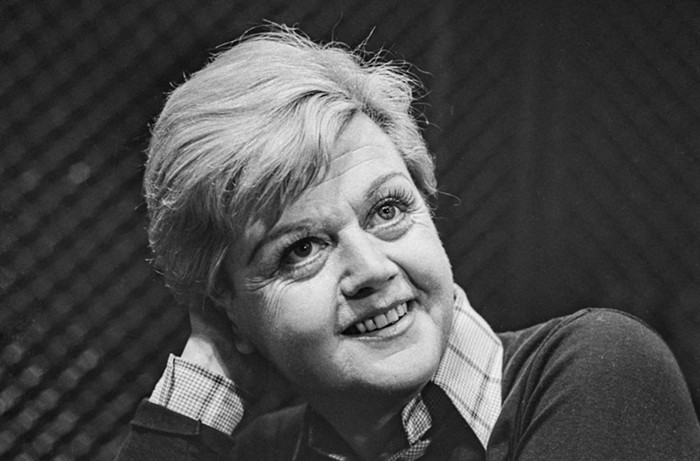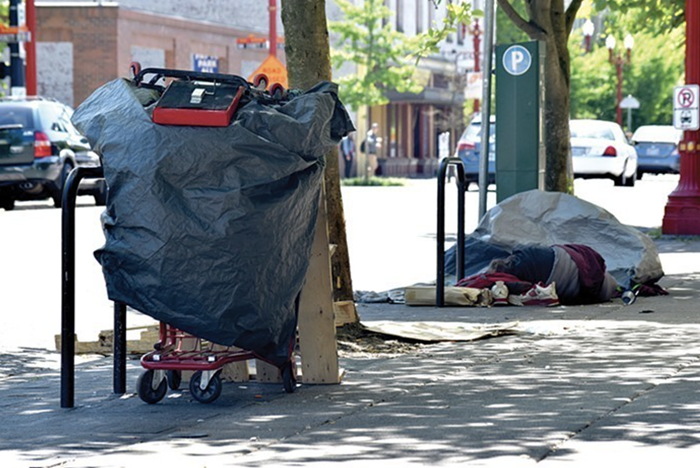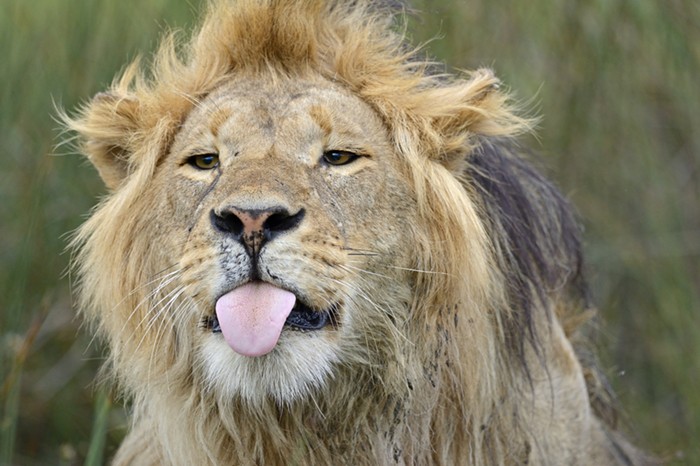Photographer Hannah Price lives in Philadelphia where she takes photos of men who catcall her in public places. Her work is thoughtful and noticeably un-angry:
... she says she doesn't know how the project will affect the behavior of the men depicted: "I don't think it makes them re-think catcalling. 'Cause I'm just one person and we're all different people and we come from different places. I don't know in their experiences if they've had any luck with their catcalls. They probably have, depending on the person, so I don't think my one instance ... makes them re-think about what they're saying."
Price's process went like this: Someone—a man—would catcall her, and she would either snap their photo at that instant or she would ask to make their portrait.
Price says that taking photographs of the catcallers was a way to address and confront the people who catcalled her. "I'm in the photograph, but I'm not. Just turning the photograph on them kind of gives them a feel of what it's like to be in a vulnerable position—it's just a different dynamic," Price says. "But it's just another way of dealing with the experience, of trying to understand it."
The series also tracks with themes common in Price's work. The photographer, who is Mexican and black, gravitates toward photographing subjects whose ethnic identities overlap with hers.
The internet is a dumping ground for strong emotions and reactions—I'm most often compelled to blog about misogyny when I read or experience something that causes steam to shoot out my ears, and I'm certain that others are, too. What I like about Price's interview, and her work, is that the topic is familiar and uncomfortable (most women can recall their own experiences and emotions with being catcalled by looking at the portraits) but Price holds back on the details that might inform our stronger reactions to her work.
We only know that each photograph is the result of unwanted attention from a stranger. We don't know if that stranger said something overt like "I'd like to fuck you," or something subtler, like "Where are you going and can I offer you a ride?" In fact, we don't even know if the unwanted attention manifested in words, whistles, or gestures. Her experiences, and the resulting portraits, rest in a gray area that makes me to think about my everyday interactions with strangers—the guy who complimented my dog and then asked where I lived, the guy who said he liked my tights, the guy who said, "I like what you're wearing—I'd like to be wearing you," which was creepy and hilarious and somehow didn't manage to offend me.
In other words, it provokes me to think about nuance—the mundane borders of an inflammatory topic, and where those borders lie in my own brain. I like it.












